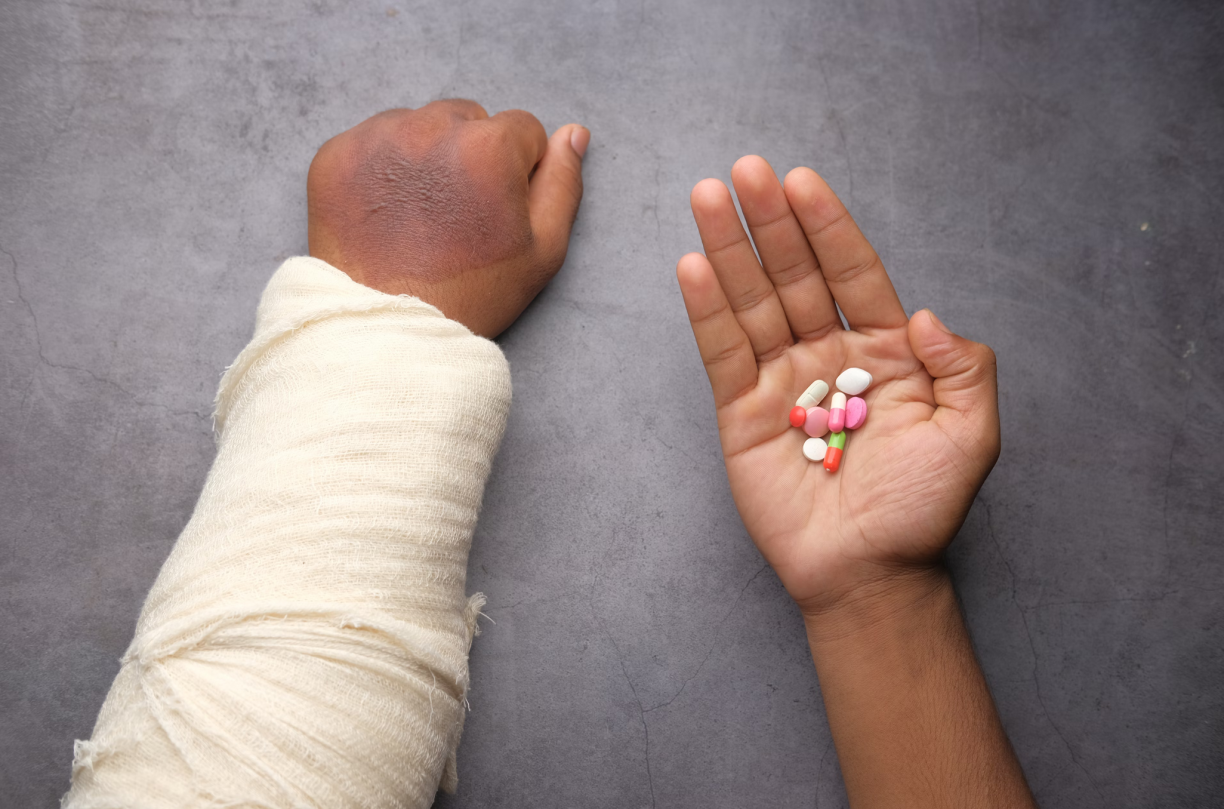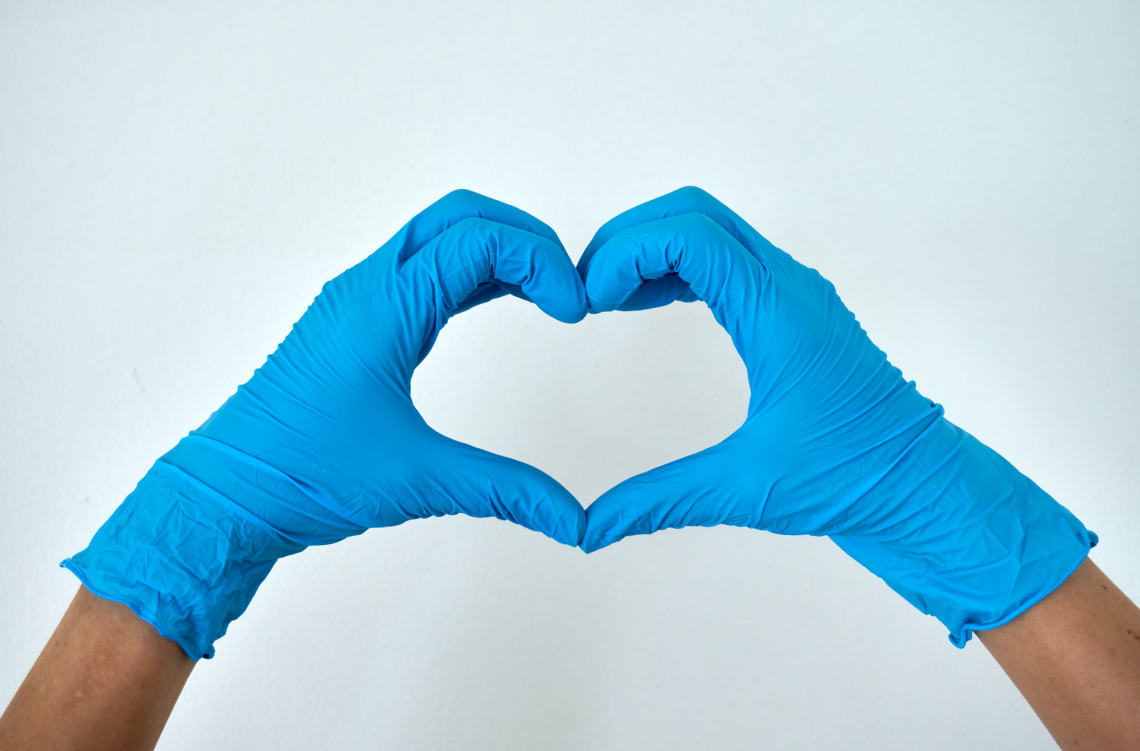With medicine constantly progressing forward, Negative Pressure Wound Therapy (NPWT) has emerged as an innovative form of wound care. This method, commonly referred to as vacuum-assisted wound closure, uses negative pressure to accelerate wound healing in chronic or non-healing wounds. NPWT applies sub-atmospheric pressure to wound beds, stimulating increased blood flow and encouraging the formation of granulation tissue – an integral component in the healing process. This blog explores all of its intricacies as well as benefits, use cases, and possible drawbacks.
What is Negative Pressure Wound Therapy?
Negative Pressure Wound Therapy (NPWT) is an innovative medical procedure intended to accelerate wound healing by applying vacuum through a special sealed dressing. This continuous negative pressure helps draw wound edges together, remove infectious materials and promote granulation at the wound site. All which have proven particularly helpful for pressure ulcers, diabetic ulcers, venous ulcers as well as burns or surgeries wounds that don’t respond well to traditional treatment approaches. Notably, NPWT has shown particular success treating complex, hard-to-heal wounds that don’t respond well to more traditional treatment approaches – something traditional treatments simply can’t do.
The Procedure of NPWT
Negative Pressure Wound Therapy (NPWT) begins by carefully cleaning and dressing an existing wound with a special foam dressing; either pre-sized to fit perfectly or cut down for larger or irregularly shaped wounds, depending on personal preferences and wound size and shape. Foam is then embedded with a drainage tube and the entire wound site sealed off using transparent adhesive film, while one end of the drain tube connects to a canister connected to a vacuum pump. Once everything is in place, the pump can be activated, creating a negative pressure environment within the wound bed. Adjustments to this can be made according to both physician orders and patient preferences. Therapy usually lasts until granulation tissue appears and the wound is ready for further care. Dressings must be changed every 48-72 hours or more often depending on wound condition and amount of exudate produced; procedures may differ slightly depending on which NPWT system is being utilized.
Benefits of NPWT
Negative Pressure Wound Therapy (NPWT) offers several advantages that facilitate wound healing. First and foremost, it accelerates wound healing by encouraging granulation tissue formation and shrinking wound size. NPWT assists in the removal of exudates and infectious materials, making the wound environment cleaner and more conducive to healing. Furthermore, its sealed environment reduces risks of contamination or infection of wounds. NPWT therapy can be especially helpful for patients with compromised immune systems or recovering from major surgery, as it reduces dressing changes to provide a more cost-effective and comfortable experience for them. Furthermore, its efficacy in healing hard-to-heal wounds allows NPWT to enhance quality of life faster by helping individuals return to their usual activities sooner.
Potential Risks and Complications

Negative Pressure Wound Therapy (NPWT) like any therapeutic procedure poses risks and complications; one such risk being bleeding which could become severe in certain instances. Patients with severe coagulation disorders or who take anticoagulant medications could face increased risks, while infection could also arise. However, due to its sealed environment provided by NPWT this risk should generally be reduced significantly. Skin irritation or allergic reactions may arise as a result of using certain dressing materials in a therapy, and in certain instances wound healing might not respond as anticipated, potentially delaying healing timeframe. However, therapy may cause discomfort or pain during dressing changes or pressure adjustments. Though NPWT may pose risks, its benefits generally outweigh them and any complications can usually be managed effectively with proper patient monitoring and care. Before beginning therapy, patients should always consult their healthcare provider to understand potential risks before commencing.
NPWT Medical Devices
NPWT medical devices are an integral component of therapy. There are two broad categories of these devices, conventional NPWT devices and portable ones. Conventional models are larger units typically found in hospitals or care facilities while portable versions can be more mobile. Portable NPWT devices are small, lightweight, and designed specifically for outpatient use, and include a vacuum pump, canister to collect wound exudate, and dressing set consisting of foam dressing, thin film dressing and tube connecting the dressing to the vacuum pump. Conventional wound care devices offer all of the same components, but are larger and bulkier, impeding patient movement without hinderance. Both types of devices function by creating a controlled negative pressure environment within wounds to promote healing. It’s essential that these devices be used under guidance by trained healthcare providers in order to avoid potential complications and ensure optimal healing results.
Who Should Not Use Negative Pressure Wound Therapy?
Negative Pressure Wound Therapy may provide valuable solutions for many individuals with complex wounds; however, NPWT may not be right for everyone. Individuals who should refrain from using this form of therapy:
- untreated osteomyelitis (bone infection),
- necrotic tissue with an eschar presence
- or exposed organs or nerves,
- along with malignancy in the wound area.
- Uncontrolled pain despite medication administration
- Noncompliance or intolerance to NPWT
- Additionally, NPWT may not be recommended for patients on anticoagulants or with bleeding disorders due to increased risks of bleeding. Caution should also be exercised with difficult wound hemostasis patients.
Therefore it’s imperative for individuals considering NPWT to meet with their healthcare provider first in order to ensure it’s the appropriate choice.
Alternatives to Negative Pressure Wound Therapy
If negative pressure wound therapy (NPWT) is not feasible due to contraindications or patient incompatibilities, other alternatives for wound management should be explored as possible solutions. Traditional wound care methods, including dressing changes, debridement, and topical ointments may be sufficient to treat less complex wounds. More sophisticated options include hyperbaric oxygen therapy, which promotes wound healing by increasing oxygen delivery to the wound site, and bioengineered skin substitutes that may assist with healing in extensive or difficult-to-heal wounds. Electrical stimulation therapy has also proven its worth in aiding wound healing by stimulating cell proliferation and migration. When selecting an individualized wound care strategy based on individual conditions and wound characteristics, healthcare providers can be invaluable partners.
Conclusion
Negative Pressure Wound Therapy has revolutionized wound care management. But it’s important to remember that each case requires individual consideration; always consult a healthcare provider about determining the most suitable plan of care. Recovery may take time; with advances like NPWT it becomes much more manageable of a journey.
Read more health articles at ClichéMag.com
Images provided by Deposit Photos, BingAI, Adobe Stock, Unsplash, Pexels, Pixabay & Creative Commons




